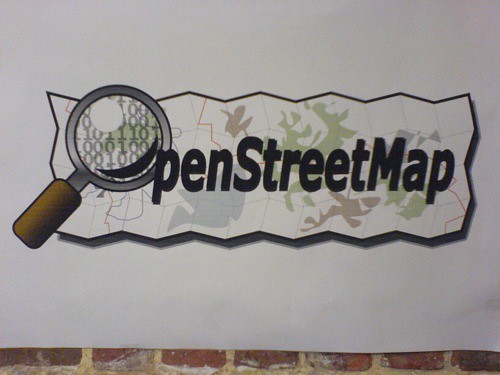After The Missing Manual For OpenStreetMap, Here's The Google Map Maker Version
The growth and uptake of today's internet and web allows us to do a lot of things that were previously the preserve of the professional. You can see this in the rise of words which now have citizen prepended to them. We don't just write blog posts, we're citizen journalists. We don't just take photographs, we're citizen photographers. To this list, we can now add citizen cartographer as well.
With the help of OpenStreetMap, HERE's Map Creator (which I work on) and Google's Map Maker, anyone with a modern web browser and an internet connection can now help to make maps where previously there were none and to improve and keep maps up to date, which still remains one of the biggest challenges to map making.
There's already been a book about OpenStreetMap, which I wrote about in April of 2011. As far as I know, no-one's written about HERE's Map Creator but for Google's Map Maker there's Limoke Oscar's Instant Google Map Maker Starter.



